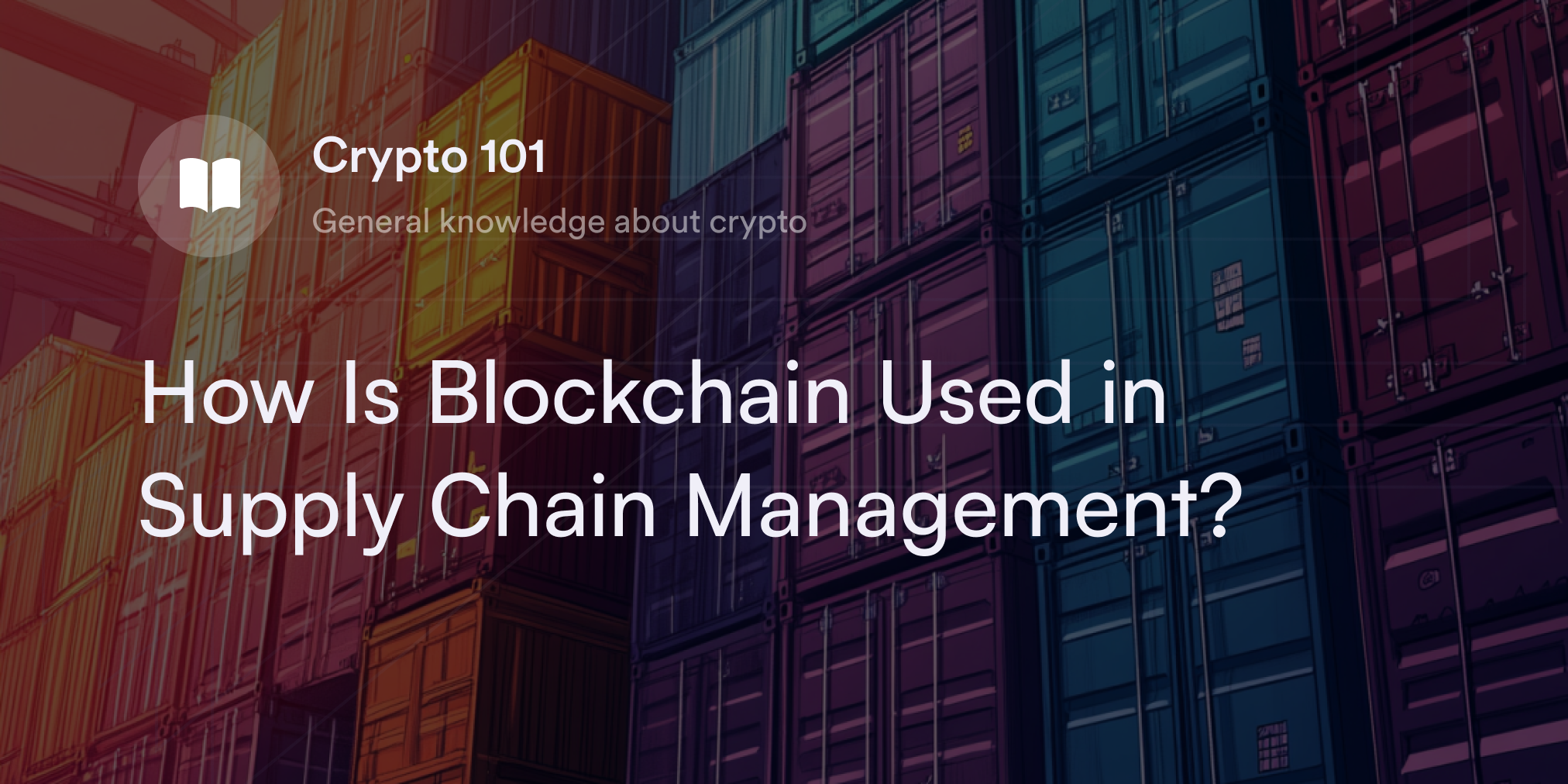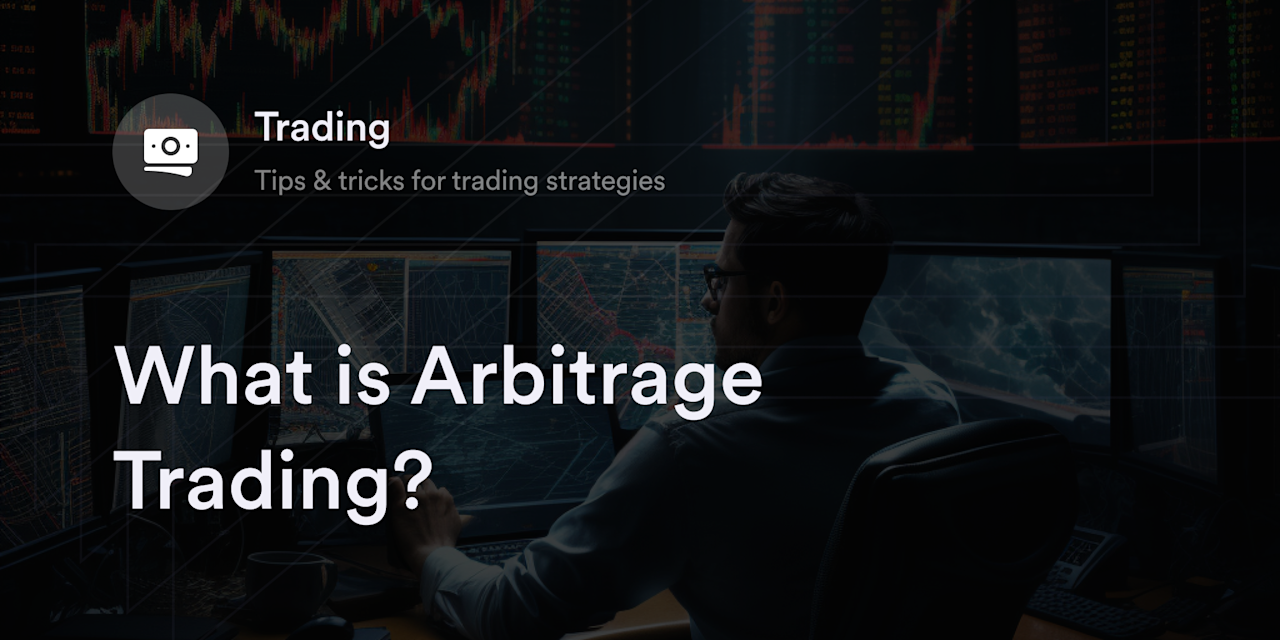


Traders constantly juggle between hedging risks, speculating on market trends, and generating income, with options contracts as a crucial tool in their finance arsenal. At the core of these contracts is the strike price, a key element that significantly influences their strategies
In this guide, we’ll explore the meaning of strike price in options, how it acts as a fulcrum upon which options trading pivots, and how it’s central to the decision-making process. We’ll also discuss the relationship between strike price and “moneyness.”
What is a strike price in options?
A strike price in options trading is a predetermined price at which the option’s holder can buy (in the case of a call option) or sell (in the case of a put option) the underlying asset. It’s essentially the price at which a specific derivative contract can be exercised.
For a call option, the strike price is where the security can be bought by the option holder until the expiration date. If the market price of the underlying asset is above the strike price, the call option is said to be in-the-money (ITM), meaning there’s a potential for profit if exercised.
Conversely, for a put option, the strike price is where the asset can be sold. A put option is ITM when the market price is below the strike price, offering the holder the opportunity to sell the asset at a higher price than the current market value.
The strike price is a crucial component of an options contract and is decided upon when the contract is written. It remains fixed for the option’s duration. The difference between the strike price and the actual market price of the underlying asset determines the option’s intrinsic value.
How does the strike price of an option work?
To understand how an options strike price works, reviewing the basics of an options trade is important. An option gives traders the right, not the obligation, to buy or sell an asset at a predetermined price within a specified time frame. The trade is not mandatory, offering flexibility to the trader.
A strike price in options decides if an option is ITM or out-of-the-money (OTM). An option is considered ITM when the strike price is favorable compared to the current market price of the asset. For a call option, this means the strike price is lower than the market price; for a put option, it's higher. Conversely, an option is OTM when the strike price is less favorable than the market price.
Let’s take a look at an example:
Suppose an asset sells for $15 a share, and a trader buys a call option with a strike price of $20 and an expiration date of 45 days. If, within that period, the market price rises to $23, the trader has an opportunity for profit. By exercising the call option, they can buy shares at the agreed strike price of $20, although the market price is $23. The trader can then sell these shares at the current market price, realizing a profit of $3 per share minus any costs associated with the option (like the premium paid).
If the market price doesn’t exceed the strike price before expiration, the trader might choose not to exercise the option, limiting their loss to the premium paid for the option.
Why is the strike price important?
The strike price is a critical element in an options contract because it determines the option’s financial viability and potential profitability. Its importance lies in the below key aspects:
Defines exercise price: The strike price sets a specific target price that the asset’s market price must surpass for the option to be profitable.
Determines intrinsic value: The difference between the asset’s current market price and the strike price contributes to the option's intrinsic value. For example, it's valuable if the market price is above the strike price in a call option, while it's the opposite for a put option.
Impacts premium: The strike price affects the option’s premium (or cost). Stock options with strike prices close to the current market price typically have higher premiums due to their higher likelihood of becoming profitable.
Risk and return trade-off: The choice of strike price influences the risk and return profile of the option. A strike price far from the current market price may offer a lower premium (less risk) and a lower probability of profit (higher risk).
Strategic flexibility: Different strike prices provide traders various strategies and choices to align with their market views and risk tolerance, ranging from aggressive to conservative trading approaches.
Strike price and moneyness: What’s the relationship?
The strike price has a direct correlation to the moneyness surrounding an asset. This is where aspects like ITM or OTM, as discussed, come into play. There’s also another category called at-the-money (ATM).
These categories are crucial in determining an option’s intrinsic value and potential profitability:
ITM
For call options, an ITM option means the strike price is below the underlying asset’s current market price. The option holder can buy the asset below its market value, which gives the option intrinsic value.
For put options, an ITM option has a strike price above the current market price. The holder can sell the asset above its market value, again resulting in intrinsic value.
ITM options are more expensive due to their intrinsic value but have a higher probability of profitability (if exercised).
OTM
For call options, an OTM option has a strike price above the asset’s current market price. The option holder would buy the asset at a price higher than its current market value, which doesn’t generate immediate profit.
For put options, an OTM option's strike price is below the current market price. Selling the asset would be at a price lower than its market value.
OTM options are cheaper because they have no intrinsic value and are less likely to be profitable if exercised. However, they offer higher potential returns relative to their cost if the market moves favorably.
ATM
An ATM option means the strike price is equal to or very close to the current market price of the underlying asset.
For both call and put options, an ATM option has no intrinsic value because the option holder would buy or sell the asset at approximately the same price as the current market value.
These options are typically more sensitive to market price and time changes, making them a popular choice for traders expecting significant price movement.
Become a pro at trading with dYdX Academy
Looking to up your crypto trading knowledge? Head to dYdX Academy, our education hub that includes beginner-friendly guides on all things trading.
dYdX also offers a decentralized trading platform for eligible traders to make their first move. Find out all about our products and platform on our official blog, and eligible traders can start trading on dYdX today.
Disclosures
The content of this article (the “Article”) is provided for general informational purposes only. Reference to any specific strategy, technique, product, service, or entity does not constitute an endorsement or recommendation by dYdX Trading Inc., or any affiliate, agent, or representative thereof (“dYdX”). Use of strategies, techniques, products or services referenced in this Article may involve material risks, including the risk of financial losses arising from the volatility, operational loss, or nonconsensual liquidation of digital assets. The content of this Article does not constitute, and should not be considered, construed, or relied upon as, financial advice, legal advice, tax advice, investment advice, or advice of any other nature; and the content of this Article is not an offer, solicitation or call to action to make any investment, or purchase any crypto asset, of any kind. dYdX makes no representation, assurance or guarantee as to the accuracy, completeness, timeliness, suitability, or validity of any information in this Article or any third-party website that may be linked to it. You are solely responsible for conducting independent research, performing due diligence, and/or seeking advice from a professional advisor prior to taking any financial, tax, legal, or investment action.
You may only use the dYdX Services in compliance with the dYdX Terms of Use available here, including the geographic restrictions therein.
Any applicable sponsorship in connection with this Article will be disclosed, and any reference to a sponsor in this Article is for disclosure purposes, or informational in nature, and in any event is not a call to action to make an investment, acquire a service or product, or purchase crypto assets. This Article does not offer the purchase or sale of any financial instruments or related services.
By accessing this Article and taking any action in connection with the information contained in this Article, you agree that dYdX is not responsible, directly or indirectly, for any errors, omissions, or delays related to this Article, or any damage, injury, or loss incurred in connection with use of or reliance on the content of this Article, including any specific strategy, technique, product, service, or entity that may be referenced in the Article.







